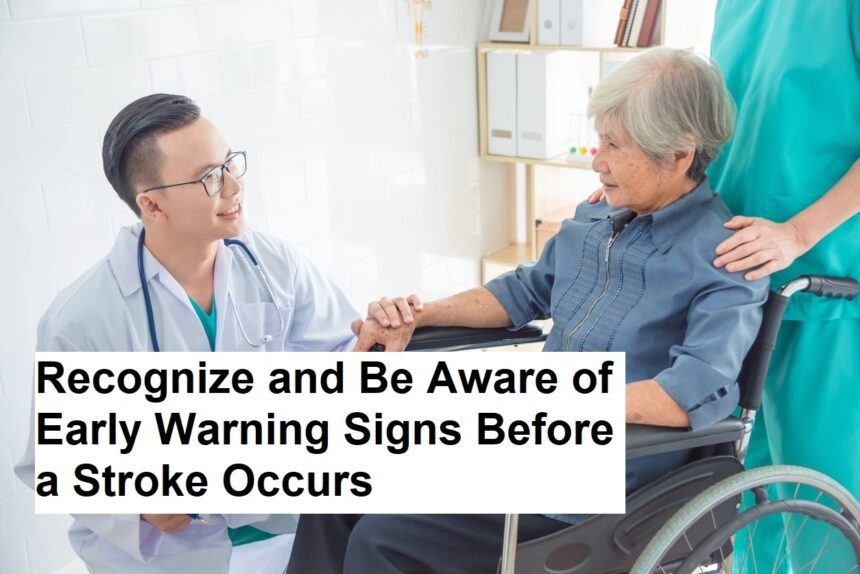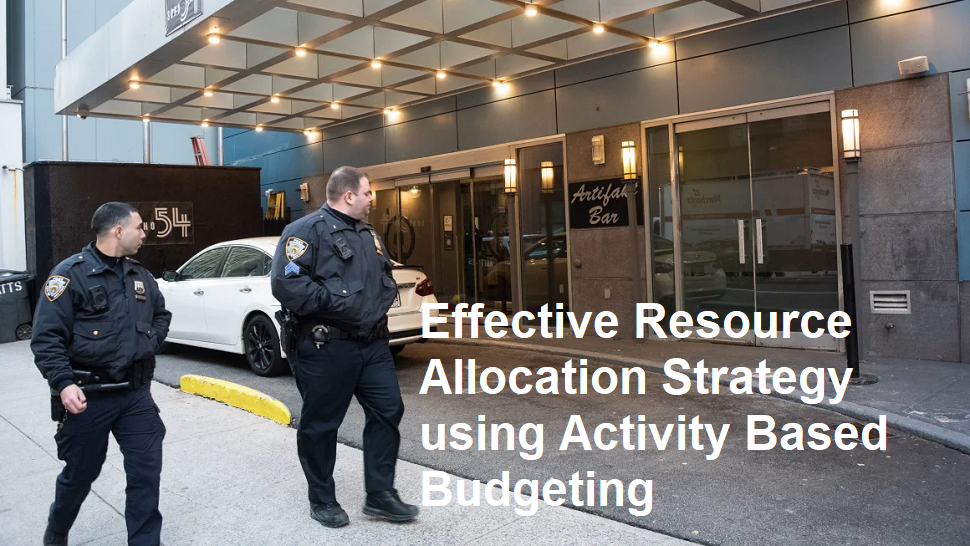Introduction
Stroke remains one of the top causes of disability and death worldwide. What makes it particularly dangerous is how suddenly it can strike. However, in many cases, our bodies provide subtle warning signs before a major stroke happens. The key is knowing how to recognize them early.
In this article, we will explore the importance of recognizing early warning signs of stroke, share medical explanations from doctors, highlight practical prevention strategies, and give you tools to protect yourself and your loved ones.
What Doctors Say: Understanding Stroke
What is a Stroke?
A stroke happens when blood flow to the brain is interrupted, either because of a blockage (ischemic stroke) or because of bleeding in the brain (hemorrhagic stroke). When this occurs, brain cells are deprived of oxygen and nutrients, and they begin to die within minutes. This is why doctors often say: “Every second counts.”
Why Strokes Happen
Doctors emphasize that stroke is strongly linked to preventable risk factors, such as:
- High blood pressure (the number one cause)
- High cholesterol
- Diabetes
- Smoking
- Obesity and lack of exercise
- Family history of stroke
These risk factors silently damage blood vessels over time, making a stroke more likely if they are not addressed.
Recognizing Early Warning Signs Before a Stroke Happens
Strokes are often thought of as sudden, but in many cases, the body gives warning signals. Recognizing these signs could save a life.
1. Sudden Numbness or Weakness
Unexplained weakness or numbness, particularly on one side of the face, arm, or leg, can be an early sign. Even if it only lasts a few minutes, it should be taken seriously.
2. Difficulty Speaking or Understanding Speech
Slurred speech, confusion, or difficulty understanding simple sentences are red flags that blood flow to the brain may be compromised.
3. Vision Problems
Blurred vision, sudden blindness in one eye, or double vision are possible warning signs.
4. Dizziness or Loss of Balance
A sudden feeling of imbalance, stumbling, or vertigo may indicate reduced blood flow to the brain.
5. Sudden Severe Headache
A headache described as the “worst ever” or one that comes on abruptly without a clear cause can signal bleeding in the brain.
Mini-Stroke (TIA): The Ultimate Red Flag
Doctors frequently stress the importance of recognizing Transient Ischemic Attacks (TIAs), also known as “mini-strokes.”
A TIA happens when blood flow to the brain is briefly interrupted. Symptoms are stroke-like but disappear within minutes or hours. Even though they vanish, TIAs should never be ignored—they are one of the strongest predictors of a major stroke within days or weeks.
If a TIA occurs, emergency care is essential.
Primary Prevention: Reducing the Risk Before Stroke Strikes
Primary prevention focuses on lowering your risk of stroke before it ever occurs. Doctors recommend focusing on healthy habits and regular screenings.
1. Keep Blood Pressure Under Control
High blood pressure is the most important risk factor. Regular monitoring and medication, when prescribed, can greatly reduce risk.
2. Manage Cholesterol and Blood Sugar
Unchecked diabetes and high cholesterol increase the risk of clogged arteries. A balanced diet and regular testing are critical.
3. Quit Smoking and Limit Alcohol
Smoking damages blood vessels, while excessive alcohol raises blood pressure. Quitting smoking alone dramatically lowers the chance of stroke.
4. Stay Physically Active
At least 30 minutes of moderate exercise most days of the week helps regulate blood pressure, blood sugar, and weight.
5. Choose a Healthy Diet
Doctors recommend a diet rich in fruits, vegetables, whole grains, lean protein, and healthy fats. Limit salt, sugar, and processed foods.
Secondary Prevention: Protecting Yourself After a Warning or First Stroke
Secondary prevention is for individuals who have already experienced a TIA or stroke. The goal is to prevent another, often more severe, episode.
- Take Prescribed Medications
Blood thinners, cholesterol-lowering drugs, or blood pressure medications may be prescribed. Skipping doses raises the chance of another stroke.
- Schedule Regular Medical Checkups
Follow-ups with your doctor help monitor your condition and adjust treatment as needed.
3. Rehabilitation and Therapy
If a stroke has occurred, physical, occupational, or speech therapy may be essential for recovery.
4. Maintain Healthy Lifestyle Habits
Even with medication, lifestyle choices such as diet, exercise, and quitting smoking remain vital.
FAST: The Simple Test That Can Save a Life
Doctors encourage everyone to remember the acronym FAST, which can help quickly identify a stroke:
- F – Face: Ask the person to smile. Does one side droop?
- A – Arms: Ask them to raise both arms. Does one arm drift downward?
- S – Speech: Ask them to repeat a simple phrase. Is speech slurred or strange?
- T – Time: If you see any of these signs, call emergency services immediately.
The sooner treatment begins, the better the chances of recovery.
Practical Everyday Tips
- Monitor your blood pressure at home weekly.
- Get annual screenings for cholesterol and diabetes.
- Manage stress with meditation, yoga, or breathing exercises.
- Sleep 7–8 hours per night—poor sleep increases risk.
- Educate your family so everyone knows the signs and what to do.
Why Early Action Matters
Doctors estimate that up to 80% of strokes can be prevented with proper management of risk factors and attention to early warning signs. Taking action now could mean avoiding lifelong disability or even death.
Conclusion
Recognizing early warning signs of stroke is one of the most powerful ways to protect your health. By listening to your body, following doctors’ advice, and focusing on both primary and secondary prevention, you can significantly lower your risk.
If you have high blood pressure, diabetes, high cholesterol, or have experienced any stroke-like symptoms, schedule a medical check-up today. Early detection and prevention are far better than emergency treatment.












